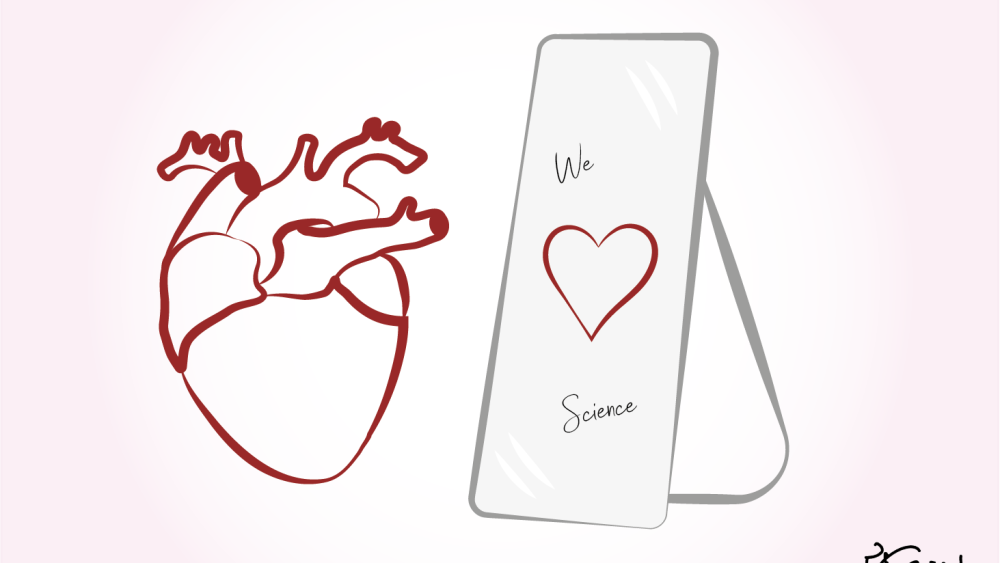(no, not the Sting’s song)
Ah… Valentine’s Day. Love is in the air? Quoting the character Sheldon Cooper from the sitcom The Big Bang Theory: “Wrong. Nitrogen, oxygen, argon and carbon dioxide are in the air”.
And if this wasn’t nerdy enough, we are going to ruin another Valentine’s Day symbol: the heart.
The truth is that the typical symbol for love – this shape that you see everywhere from emojis to chocolate boxes – has nothing to do with the actual shape of the human heart. And why is that?
The silphium plant
If we scan through history, the heart symbol is very clearly visible in the shape of a seed from an ancient plant, the silphium, native to Cyrene, an old region in North Africa. The exact identity of this plant remains unknown to this day, as it is thought to have gone extinct. However, it was a highly valuable plant with various uses, including as a contraceptive.

According to this theory, through the association of the silphium plant with lovemaking, and considering the heart was believed to be the origin of the soul and feelings, these concepts got associated and, therefore, the shape of the silphium seed became a symbol for love.
As weird as this might sound, we also know that, historically, animal intestines were utilized as condoms, serving as another form of contraceptive. If their association had not been with the silphium seed but rather with a cow’s intestine, today we would be offering each other gut-shaped chocolates. How lovely.
Aristotle’s misconception of the human heart
The Greek philosopher Aristotle was known to be a great polymath (no, this doesn’t mean that he was married to different forms of math. It means he studied and had knowledge of various fields). He’s the one who first defended that the heart was the place for all mental functions (including love).
Besides, Aristotle also believed that the human heart was divided into three chambers instead of the four, as we today know. This could have led illustrators to draw the heart based on this misconception, leading to that symbolic shape instead of an anatomically correct one.
Scientifically accurate or not, the truth is that we have all learned to associate the “heart” symbol with love in many different ways. Either through emojis sent to lovers and friends or with bent thumbs and pointy fingers forming a very rectilineal heart in the middle of a concert.
From the Science As We Know It team to all our loving readers, we wish you a happy Valentine’s Day.


FitSpresso
Superb, what a webpage it is! This webpage gives helpful facts to us, keep it up.
fitspresso reviews
I’m a fresh fan of this primo website serving up choice content. The creative owner clearly has got the magic touch keeping visitors plugged in. I’m jazzed to be aboard and looking forward to more dynamite content!